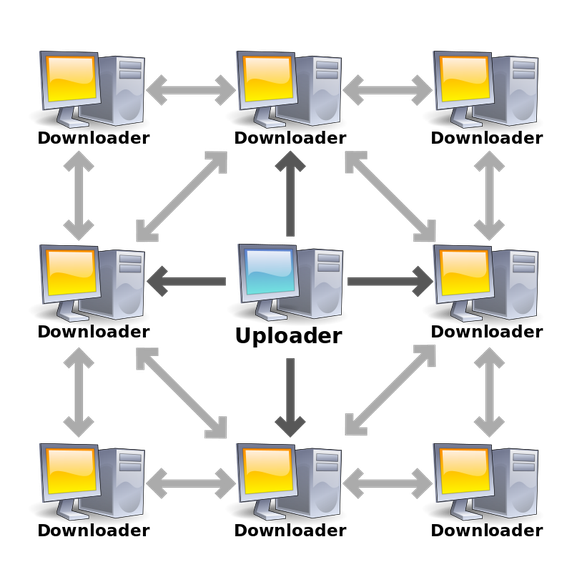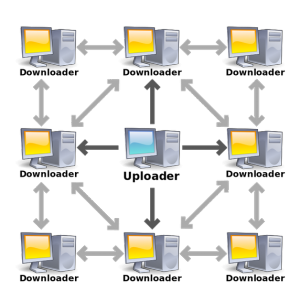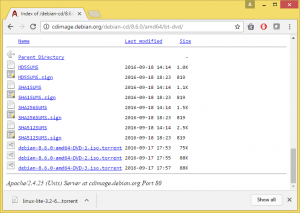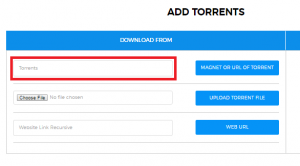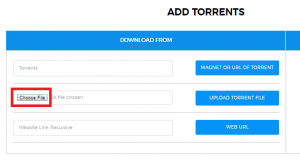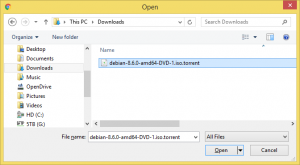Have you wondered how a torrent is loaded and the files are downloaded? Here is a brief explanation:
The Torrent-Fueled Odyssey
- Dissection of the Blueprint: The torrent downloader meticulously parses the .torrent file. It extracts the vital instructions within, including the tracker URLs, file information (names, sizes, etc.), and those all-important piece hashes.
- Reaching Out to the Tracker: Following the leads in the “announce” field, the client sends a request to the designated tracker(s). It announces its presence in the swarm, providing its IP address, port number, and a unique peer ID.
- The Tracker Responds: In return, the tracker sends a list of other peers actively participating in the swarm; those currently possessing and sharing pieces of the desired content.
- Building the Swarm: The torrent downloader reaches out to its newly acquired list of peers, initiating direct connections. Imagine these as simultaneous handshake agreements to start exchanging data.
- Requesting the Missing Pieces: A flurry of communication takes place. Using a clever combination of rarest-first and random selection strategies, the client determines which pieces are least common among peers and begins requesting those “rare” segments first to optimize download efficiency.
- Integrity Verification: As data segments arrive, their SHA-1 hashes are rigorously compared to the original piece hashes listed in the torrent file. Any discrepancies signal corruption, triggering a redownload of the faulty piece(s) to ensure the completed file remains pristine.
- Reciprocation is Key: True to the BitTorrent philosophy, the client doesn’t merely take. It becomes a valuable supplier itself, uploading any completed pieces to other peers in the swarm – this helps the entire ecosystem thrive.
- Seeding for the Swarm: Once all pieces are obtained and assembled, the torrent client shifts into “seeding” mode. It remains connected, generously sharing the fully downloaded file to support newcomers to the swarm who wish to complete their own copies.
Advanced Behavior:
- Prioritization: Many torrent clients allow users to prioritize individual files when dealing with multi-file torrents, dictating their download order within the swarm.
- Rate Limiting: Tools for fine-tuning both upload and download speed limits are often present, helping balance torrenting activity with other network use.
- DHT Participation: Even with an active tracker, the client simultaneously engages with the Distributed Hash Table (DHT) network. This decentralized system offers more avenues for discovering peers and contributes to overall ecosystem resilience.
Notes:
- Torrent clients continuously adjust their peer pool for dynamic swarm membership, replacing inactive peers with more responsive ones.
- Modern BitTorrent clients offer an increasingly refined and customizable experience. For expert users, there’s often fine-grained control over peer selection, piece exchange algorithms, and other advanced settings.
Let me know if you’d like a particular step broken down even further!
